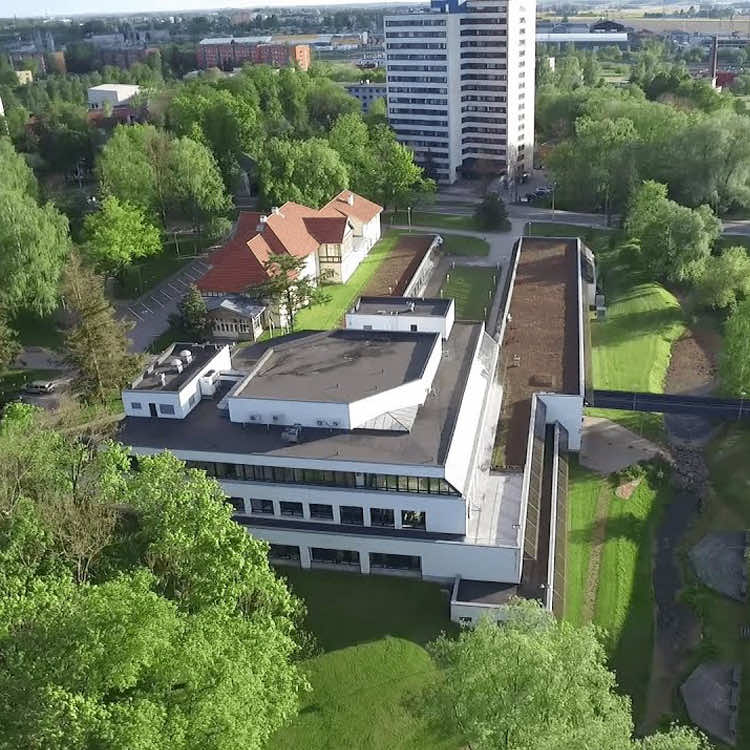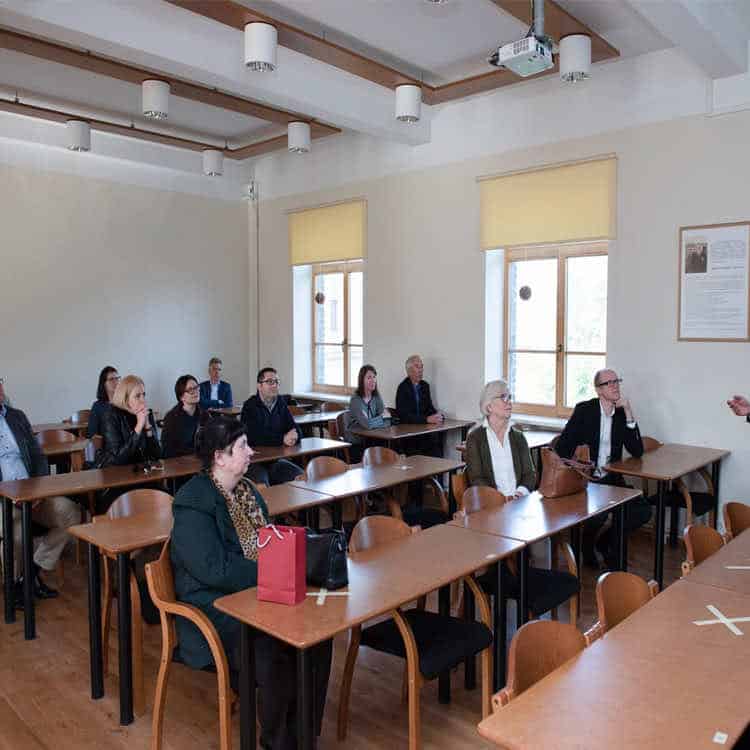Veterinary Medicine




Tuition

Duration

Admissions Deadline

Location
Profile
In the first years the students study the foundations of veterinary medicine, anatomy and functions of animals as well as the fundamentals of animal husbandry. Several branches of biology, zoology, botany, genetics and cell biology as well as chemistry, biophysics, microbiology, virology and parasitology can be considered the foundation of veterinary studies.
In the spring semester of the second year students are taught diseases in animals, they take up pathological anatomy and physiology, which constitutes an introduction to the second period of the veterinary studies. Pre clinical studies give the student an insight into the processes going on in the organism of the diseased animal, as well as elementary skills in disease detection.
The second phase concentrates on the relations between human and animal health and an introduction into the public health issues is made.
In the third phase or clinical studies lecturers communicate students profound knowledge on the most common diseases of different animal species (including birds and fish) with an empahis on their diagnosis, treatment and prevention.
Admissions Requirements
Applicants are required to have completed their secondary education, taken the necessary exams and be eligible for university studies in their own countries. In total, it is possible to collect 50 admission points, of which the BioMedical Admissions Test (BMAT) can give up to 40 admission points and your letter of motivation 10 points.
Map
Sorry, no records were found. Please adjust your search criteria and try again.
Sorry, unable to load the Maps API.
Related Programs
Program Information
Tartu
Estonia
- More than 4 years
- Full Time
- On Campus Learning
Additional Information
- Combined Degree
Considerations






